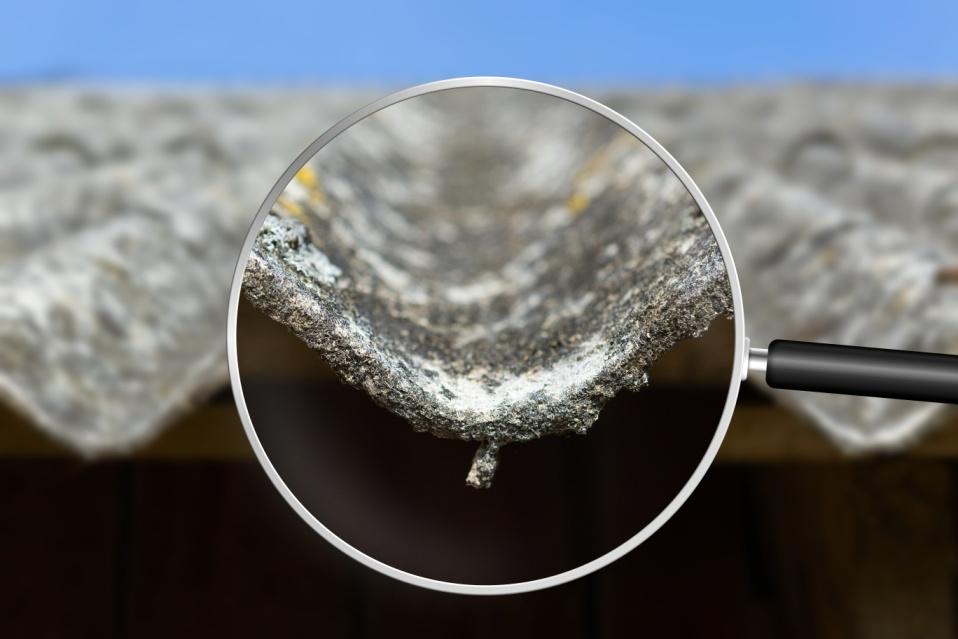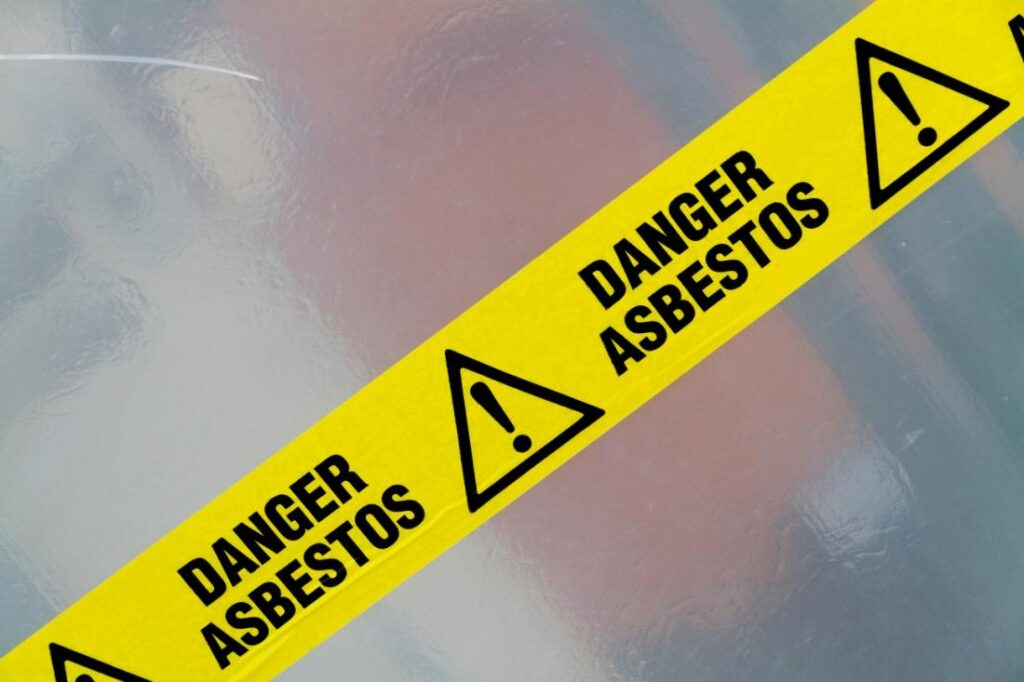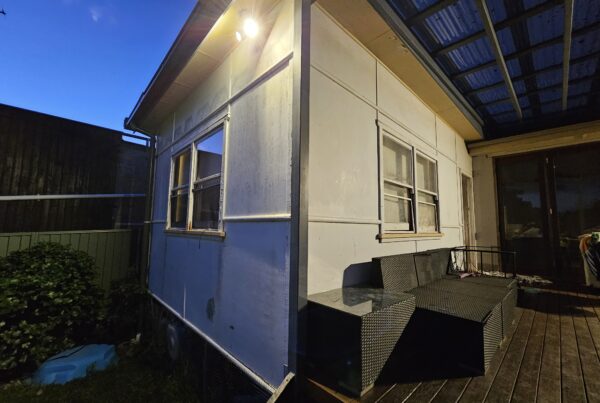Three decades ago, asbestos was a popular construction material because of its cost-effectiveness and unique physical properties. In fact, Australia had one of the highest asbestos usage rates in the world up until the 1980s.
In 2003, asbestos was banned due to its associated health and environmental risks. But up until now, there are still buildings that have asbestos-containing materials (ACMs). It’s estimated that a third of Australian homes built before the 1980s contain this mineral fibre.
Detecting the presence of asbestos can be tricky. It’s not visible to the naked eye because it’s composed of microscopic fibres. However, materials containing this substance, such as insulation, may have recognisable signs.
Let’s have a look at the tell-tale signs of asbestos in older homes and how you can address this potential risk.
- Construction periodA house’s construction date is one of the easiest ways to tell if asbestos is present. Buildings erected before the mid-1980s are more likely to contain this substance. However, you still need further tests done by licensed professionals to confirm this, as some houses constructed during that period may be asbestos-free.
- Grey insulation materialAnother way of identifying asbestos is through visual analysis. If you come across what appears to be grey or white fluffy material, it could be the mineral fibres of asbestos.It was widely used as insulation material in older homes, especially in attics and walls. Pipes were also commonly wrapped in the white or grey insulation material. If you notice pipes with such an appearance in your home or similar-looking insulation in your walls, it’s crucial to exercise caution and seek a professional asbestos inspection service.
- Vinyl floor tilesVinyl floor tiles with a black or dark-coloured adhesive maybe another good visual indicator. Like the features mentioned above, these tiles were common place in the mid-20th century.It’s also worth noting that the tiles aren’t the only source of concern. The adhesive used to install them may also contain asbestos.
- Roofing made of cement-like material
Roofing or siding shingles that resemble cement are also a possible sign of asbestos presence. This material was preferred in roofing construction due to its durability and fire-resistant properties. If your roof matches this description, it would be wise to consult an expert.
- Popcorn ceilings with a bumpy textured appearanceMany houses built between the 1970s and 1980s featured popcorn ceilings, also called textured ceilings. This textured finish was applied to ceilings for various reasons, including sound absorption, camouflage of imperfections, and its ability to hide dirt and stains. Unfortunately, asbestos fibres were added to the ceiling texture mix to enhance its fire resistance and durability. So, if your property’s ceiling has this texture, it would be best to take immediate action.
What should you do if you find signs of asbestos?
If you suspect that your home or building contains asbestos, it’s important to take precautions when handling the situation. Here are some steps you can take:
- Avoid disturbing the materialIf you identify asbestos-containing materials in your home, don’t tamper with them, especially if they’re still intact. Asbestos fibres are very small and can become airborne when disturbed. Inhaling them can lead to serious health problems, including lung cancer, mesothelioma, and asbestosis.
- Limit access to the area
Restricting access to the suspected area can help reduce the risk of accidentally disturbing the material. It’ll also minimise the spread of asbestos fibres.
You can do this by sealing off the area with physical barriers, such as plastic tape. Placing warning signs or labels can also help prevent people from being exposed to asbestos. If you must access the room, make sure you wear protective gear, including a mask.
- Contact a licensed asbestos professionalAsbestos professionals have the necessary training, equipment, and experience to safely identify and handle asbestos-containing materials. The inspection process typically involves collecting samples of suspected materials for laboratory analysis. If the results show that the material contains asbestos, the professional will work with you to determine the best course of action, which may include removal or encapsulation.Always seek assistance from experts licensed by the area in which they operate. You can check with your local government or environmental agency to ensure that the professional you choose is certified.
Conclusion
Recognising the common signs of asbestos in older homes is crucial for safeguarding the well-being of the occupants. From vinyl floor tiles to textured popcorn ceilings, these indicators serve as reminders of a time when asbestos was widely used in construction materials. It’s imperative to observe vigilance and responsible management when dealing with older buildings.
Whether through professional inspections, safe removal, or encapsulation techniques, addressing asbestos-related concerns protects the health and safety of those involved.



 Roofing or siding shingles that resemble cement are also a possible sign of asbestos presence. This material was preferred in roofing construction due to its durability and fire-resistant properties. If your roof matches this description, it would be wise to consult an expert.
Roofing or siding shingles that resemble cement are also a possible sign of asbestos presence. This material was preferred in roofing construction due to its durability and fire-resistant properties. If your roof matches this description, it would be wise to consult an expert. Restricting access to the suspected area can help reduce the risk of accidentally disturbing the material. It’ll also minimise the spread of asbestos fibres.
Restricting access to the suspected area can help reduce the risk of accidentally disturbing the material. It’ll also minimise the spread of asbestos fibres.



